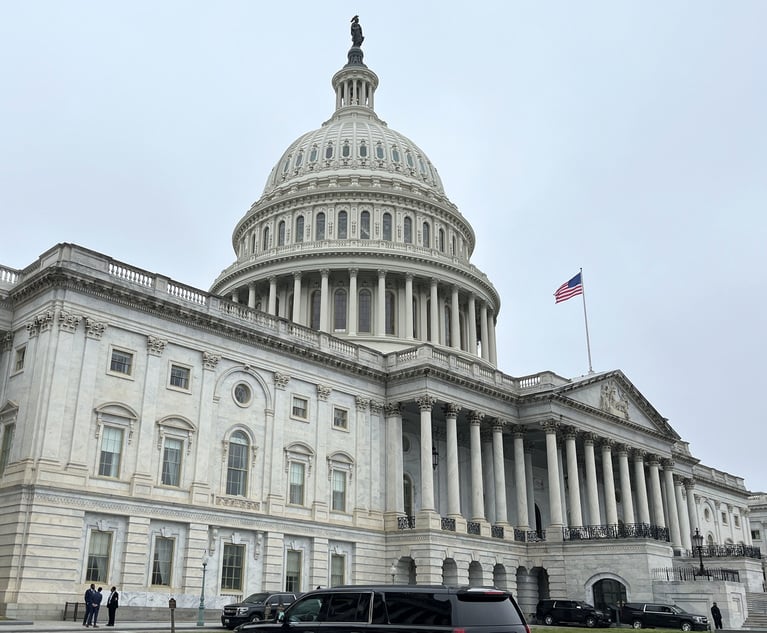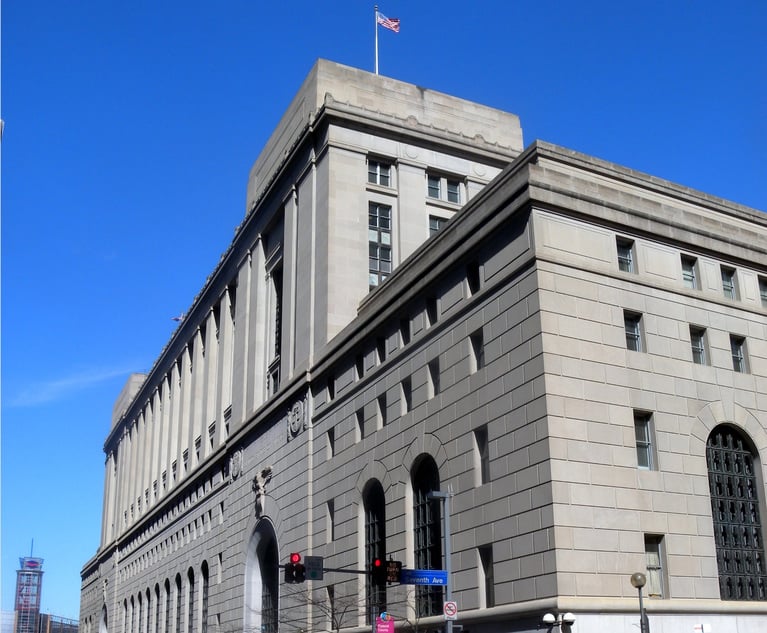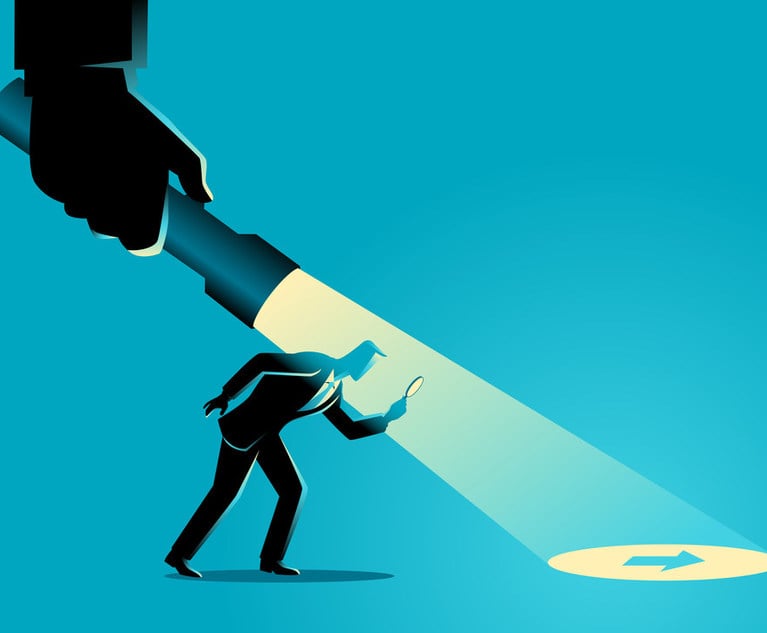Early in my legal career, I always looked forward to reading Jerry Solovy’s and Bob Byman’s “Discovery” column in The National Law Journal (a compendium of which can be found here). Their column, which combined substantive rigor with practical application, was, in my view, a ”must-read” for younger lawyers (and, frankly, all lawyers). It is also both a primary reason why I wanted to start writing this class action litigation column, as well as a polestar for what I want this column to be.
The COVID pandemic delivered an enormous shock to our judicial system: across the country, state and federal courthouses shut down in-person proceedings and scrambled to find stopgap measures to allow litigation to continue, while prioritizing the safety of litigants, court staff, and the general public. Trial backlogs grew exponentially, and, continuing to honor the constitutional right of criminal defendants, required many court systems to shift resources away from civil trials. This, in effect, temporarily deprived civil litigants of one of the most potent and basic tools for resolving lawsuits: the jury trial. This lack of ability to go to trial, and the resulting backlog of cases awaiting trial, affected the entire country; every federal district court saw a dramatic drop in cases tried to a jury between 2019 and 2020. Paradoxically, however, the inability to proceed to trial may have been the catalyst for a fascinating reversal to a longer-term trend, as well as the resurgence of a dwindling practice.


 Adam J. Levitt, founding partner of DiCello Levitt. Courtesy photo
Adam J. Levitt, founding partner of DiCello Levitt. Courtesy photo





